May 25, 2024
Dr. Diane DiEuliis — NDU — Preparing National Security Leaders For The Next Generation Of Threats
Posted by Ira S. Pastor in categories: bioengineering, biological, biotech/medical, climatology, education, health, neuroscience, policy
Episode Disclaimer — The views presented in this episode are those of the speaker and do not necessarily represent the views of the United States Department of Defense (DoD) or its components.
Dr. Diane DiEuliis, Ph.D. is a Distinguished Research Fellow at National Defense University (NDU — https://www.ndu.edu/), an institution of higher education, funded by the United States Department of Defense, aimed at facilitating high-level education, training, and professional development of national security leaders. Her research areas focus on emerging biological technologies, biodefense, and preparedness for biothreats. Specific topic areas under this broad research portfolio include dual-use life sciences research, synthetic biology, the U.S. bioeconomy, disaster recovery, and behavioral, cognitive, and social science as it relates to important aspects of deterrence. Dr. DiEuliis currently has several research grants in progress, and teaches in foundational professional military education.

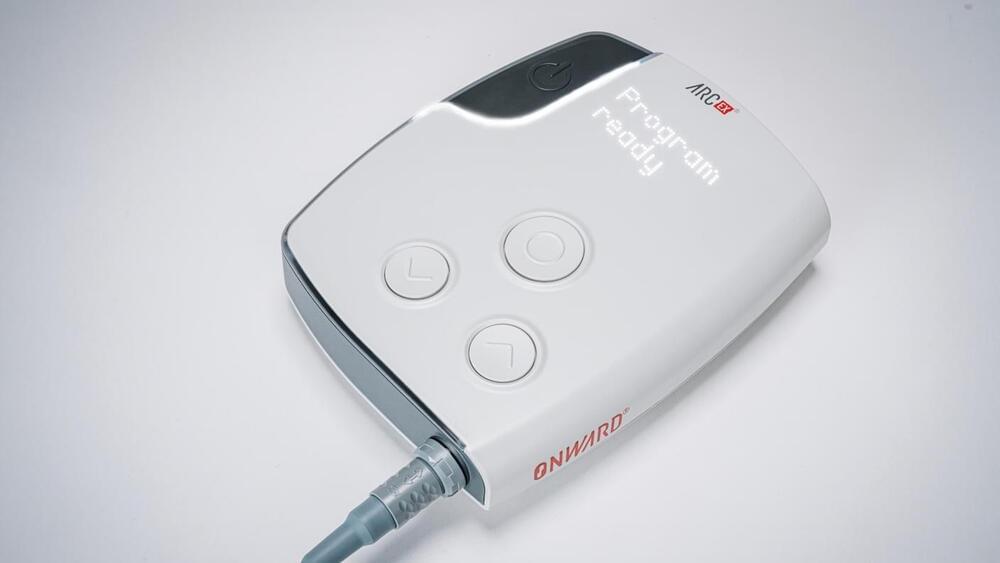

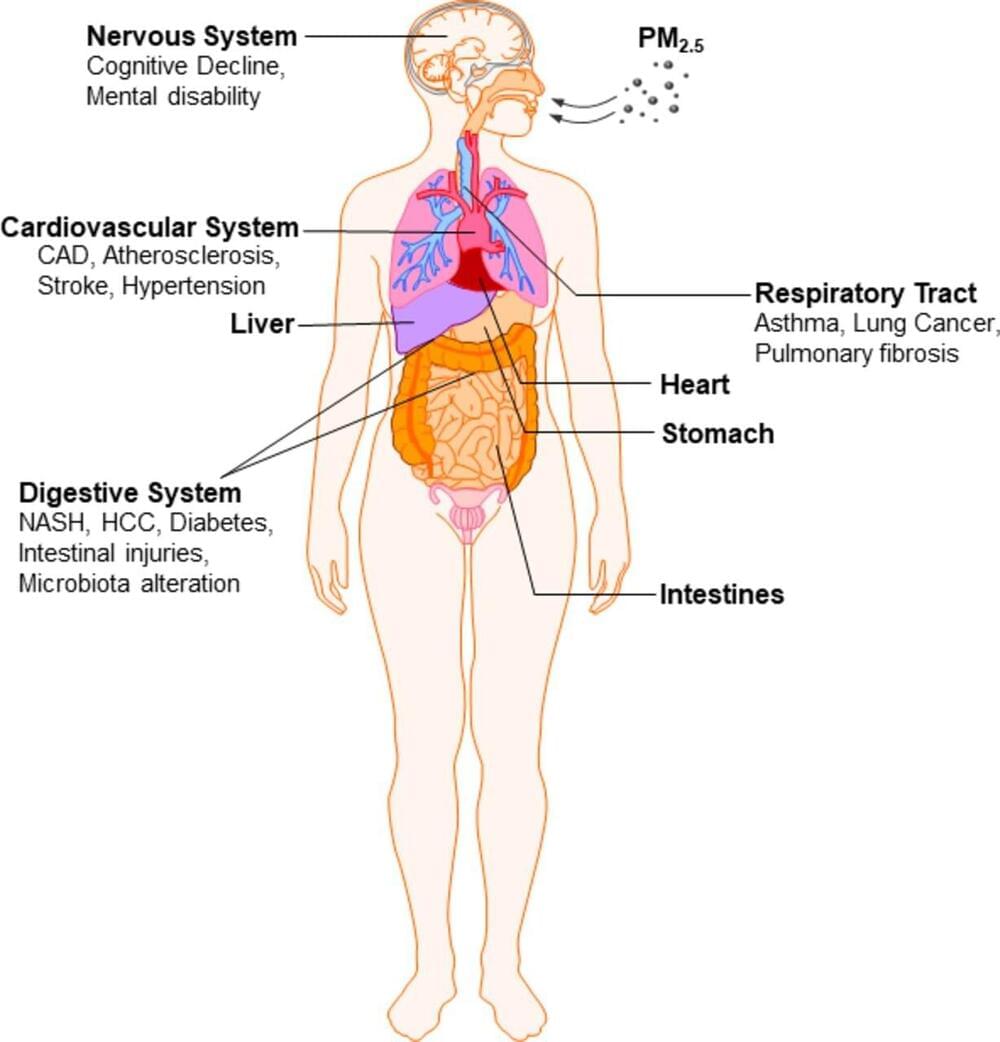
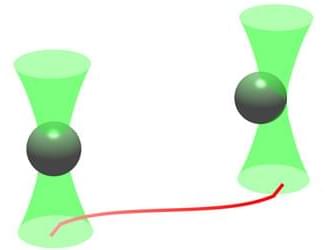



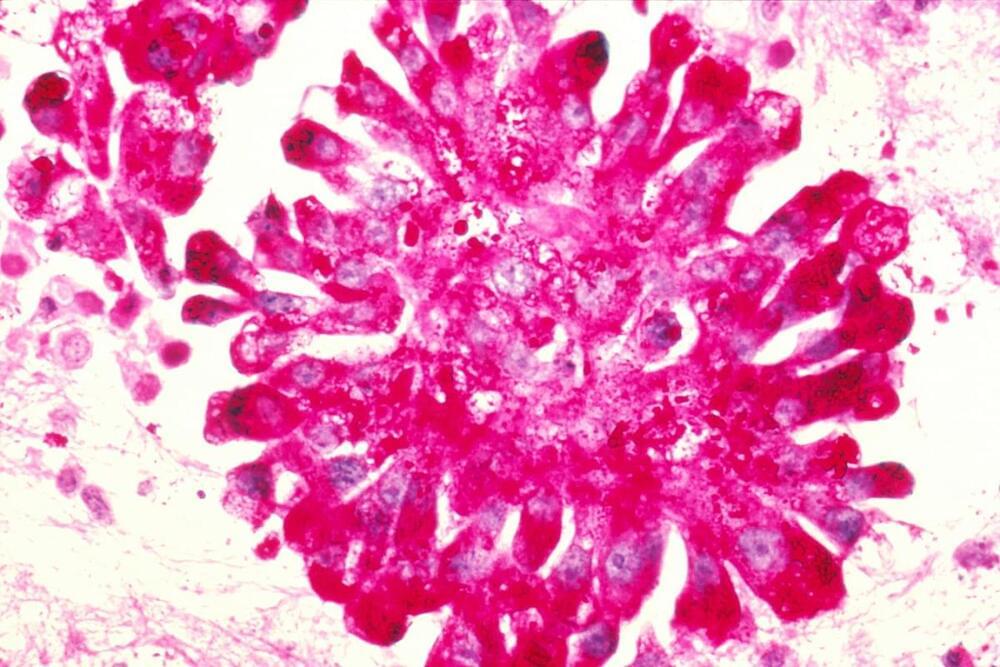
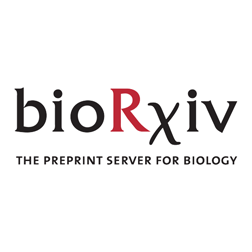 Retinitis pigmentosa and macular degeneration lead to photoreceptor death and loss of visual perception. Despite recent progress, restorative technologies for photoreceptor degeneration remain largely unavailable. Here, we describe a novel optogenetic visual prosthesis (FlexLED) based on a combination of a thin-film retinal display and optogenetic activation of retinal ganglion cells (RGCs). The FlexLED implant is a 30 µm thin, flexible, wireless µLED display with 8,192 pixels, each with an emission area of 66 µm2. The display is affixed to the retinal surface, and the electronics package is mounted under the conjunctiva in the form factor of a conventional glaucoma drainage implant. In a rabbit model of photoreceptor degeneration, optical stimulation of the retina using the FlexLED elicits activity in visual cortex. This technology is readily scalable to hundreds of thousands of pixels, providing a route towards an implantable optogenetic visual prosthesis capable of generating vision by stimulating RGCs at near-cellular resolution.
Retinitis pigmentosa and macular degeneration lead to photoreceptor death and loss of visual perception. Despite recent progress, restorative technologies for photoreceptor degeneration remain largely unavailable. Here, we describe a novel optogenetic visual prosthesis (FlexLED) based on a combination of a thin-film retinal display and optogenetic activation of retinal ganglion cells (RGCs). The FlexLED implant is a 30 µm thin, flexible, wireless µLED display with 8,192 pixels, each with an emission area of 66 µm2. The display is affixed to the retinal surface, and the electronics package is mounted under the conjunctiva in the form factor of a conventional glaucoma drainage implant. In a rabbit model of photoreceptor degeneration, optical stimulation of the retina using the FlexLED elicits activity in visual cortex. This technology is readily scalable to hundreds of thousands of pixels, providing a route towards an implantable optogenetic visual prosthesis capable of generating vision by stimulating RGCs at near-cellular resolution.







